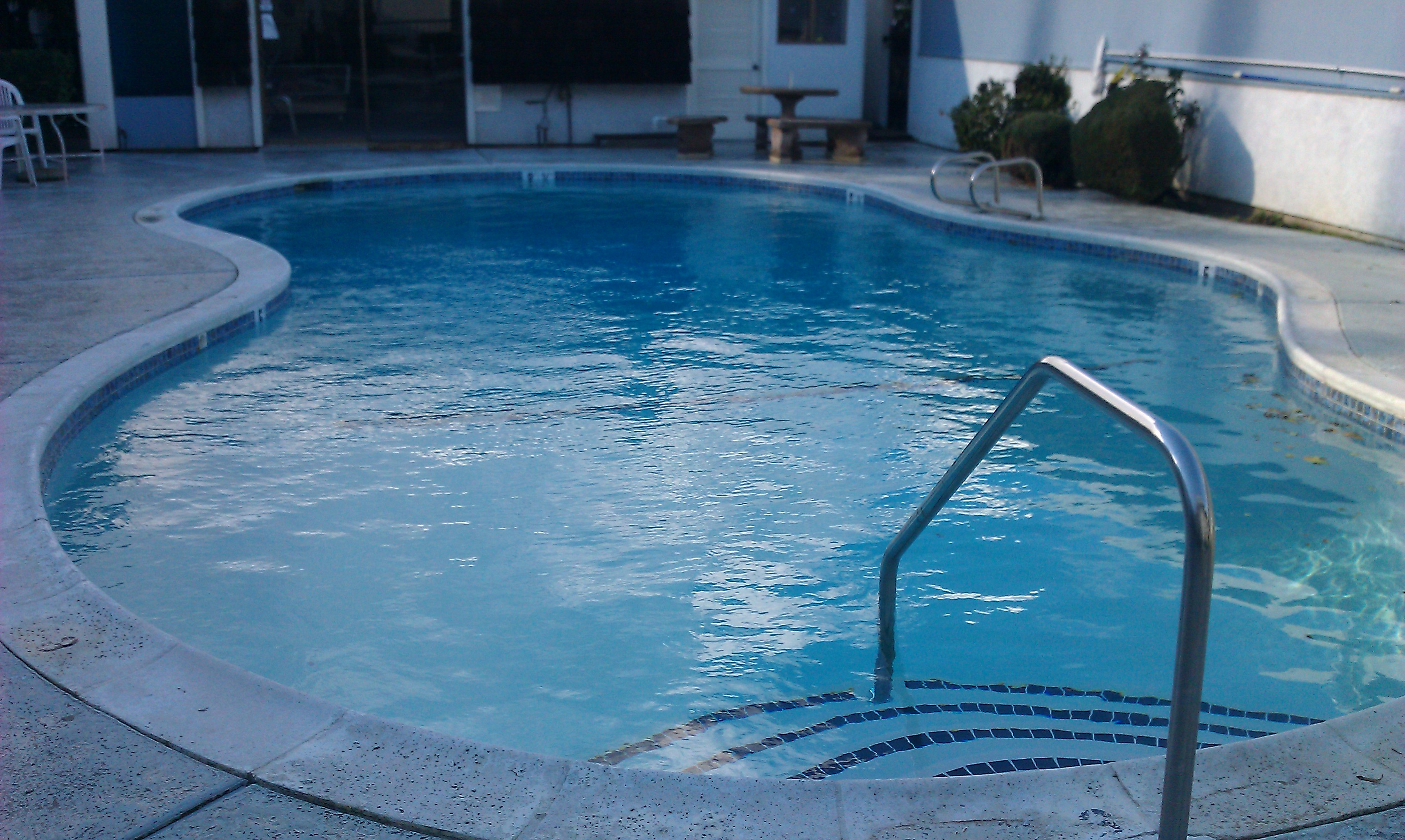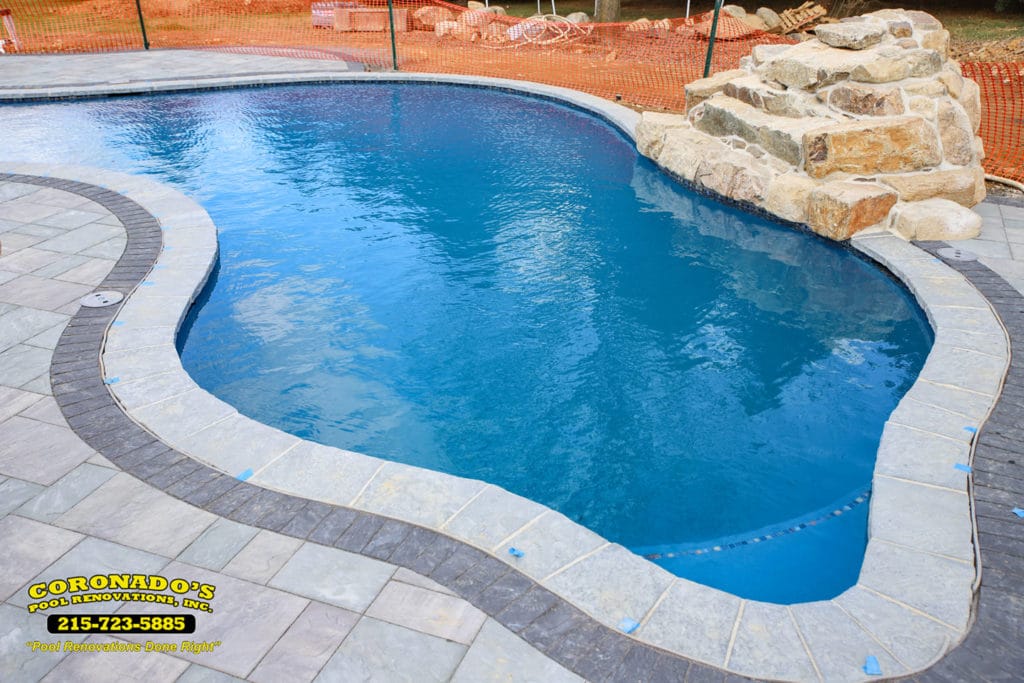
While a little more expensive than plaster finishes, aggregate interior surfaces have few problems, although there are reports of glass bead aggregates fading and discoloring within six years. Exposed aggregate pool finishes have been shown to have a life span of between 15 and 20 years.

Aggregate finishes are also more resistant to pool chemical imbalances than plaster finishes and last much longer. Pool owners who go the aggregate pool finish route do so because they desire an interior pool surface that’s durable and also has visual appeal. The polished aggregate is generally preferred because the aggregate is polished flat, which makes the texture smooth and easier to walk on.

Exposed aggregate is left whole, which provides a bumpier texture. These finishes can be exposed or polished. Some sources claim they have taken the top spot from pool plaster as the most desirable pool finish option.Īggregate pool finishes contain river pebbles, stones, ceramic-coated crystals or glass, which are combined with Portland cement-based pigmented plaster and applied pneumatically.
Pool plaster colors install#
They are easy to install and really "pop" against a white, plaster background! AggregateĪggregate swimming pool finishes have been growing in popularity over the last few decades.
Pool plaster colors pro#
Pro tip: To add a little fun and flair to this kind of pool finish, consider adding some pool mosaics before the plastering. This surface especially accommodates algae, which means the plaster requires surface maintenance weekly as well as acid washing every three to five years.Īnd while plaster is the least expensive interior surface, it also has the shortest life span – something like five to 10 years. It also exhibits stains more often than the other surfaces due to it being more porous in nature. On the down side, plaster does require a bit more maintenance and care than other surfaces if you want it to last as long as possible. So a plaster interior surface can play into your overall design scheme.

Plaster pool finishes can also be dyed different colors. Many people feel that plaster has a classy, simple look that is a great surface for your first pool or if you are on a budget. This can cause your pool water to appear bright, clean and light blue. This surface is hard, yet smooth and appears white in color. Plaster is one of the most used pool finishes and has been around since the 1960s. While there are nearly 200 proprietary mixes that have special sounding names, in reality, plaster is basically Portland cement and sand mixed together then troweled into the pool. Pool plaster is a ¾ inch layer of dense mortar applied to the entire interior surface of a concrete pool. But before you write off glass mosaic tile as an interior finish, read on regarding the details of each kind of concrete pool finish: Plaster The most expensive and luxurious interior surface is glass tile, which may cost from $30 to $50 per foot including installation. Aggregate material on the other hand is a little more expensive at $4.75 to $5 per foot. But you can figure a plaster finish at around $3.60 to $4 per foot. Typically northern states are more expensive than southern ones such as Florida. In general, the cost of resurfacing a concrete pool depends on your region of the country, the size of the pool, and the material you choose. The three main options for a concrete pool finish are plaster, aggregates or tile.įor many, cost is the overriding factor in determining the type of interior surface.

Whether you’re building a new swimming pool or refurbishing an old one, a lot of thought should go into your choice of interior surface finish. The way you resolve this issue is to add an interior surface, which has an enhanced resistance to water permeation – all the while keeping in mind that the surface of your pool can change your pool’s fundamental look. If you were to build a concrete swimming pool entirely of concrete it probably would leak a lot of water.


 0 kommentar(er)
0 kommentar(er)
